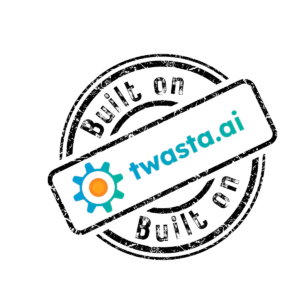The Challenge
A system integrator was struggling to deliver scalable and cost-effective solutions to its customers. Traditional licensing models came with high upfront costs, lacked flexibility, and made it difficult for businesses to adapt to changing needs. The company needed a more adaptable, budget-friendly solution that could reach a wider audience without requiring large capital investments.

The Solution
A Cloud-Based SaaS Model
To overcome these challenges, the company developed a cloud-based SaaS product, introducing a pay-per-use licensing model. This new approach allowed customers to:
